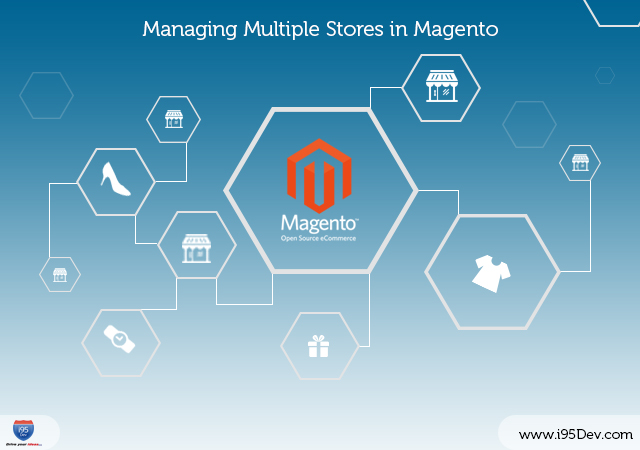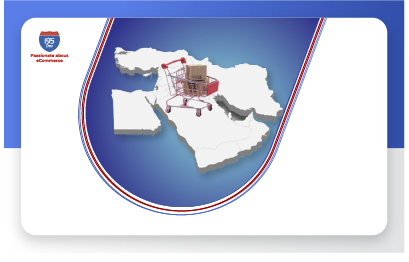As businesses grow, the scope of offering multiple items and catering to different customer segments, increases. With this increased opportunity businesses have two options – one, to continue selling all these products on their existing store and two, have a different store for some of these products. This is not an easy decision to make as both have their own advantage and disadvantages. With one store while you only have to manage a single store, it becomes difficult to differentiate the product brands. With multiple stores, you get an opportunity to build multiple brands with their own strategy but it adds to the complexity of managing business. Other than this, multiple other factors like architecture, branding, marketing, SEO, and growth strategy also come into play.
Magento’s Multiple Store functionality, in a scenario like this, comes to the rescue. But before we look at what Magento has to offer let us look at scenarios where it makes sense for a business to consider multiple stores.
Multiple Stores – When should you consider them?
If you:
- Cater to different customer segments with different needs (e.g. B2B and B2C)
- Have multiple brands which have their own identity and needs
- Sell multiple products targeting different customers
- Sell in multiple countries with different language, currency and tax classes
What Magento Offers?
Magento’s advanced features allow businesses to manage multiple websites and stores within a single installation. Magento achieves this by structuring the store as Websites, Stores and Store Views.
- Website – A Website consists of one or more stores and can be set up to share customer data, or not to share any data.
- Store – Products and Categories are managed at store level allowing multiple stores under the same website to have totally different catalog structures.
- Store View – A store view allows for multiple presentations of the data; the catalog structure per store view will always be the same. Store views can be used to allow customers to switch between 2 or more languages.
How to Use Magento’s Multi-Store Functionality?
Consider the following scenario – You are a sporting goods company that sells shoes, clothes, and equipment to trekking and skiing customers in multiple languages. As a business, you might consider selling trekking and skiing products on their own website (now whether you host these sites under a separate domain, sub domain or a sub folder is a different discussion altogether).
Under the trekking and skiing websites, you might further consider creating two separate stores – one for apparel and footwear and another for equipment.
Usually store views are used only when the way the information is presented changes – for example, language. And you can then configure different product catalogs, payment options, shipping options, currency, etc. at store level.
The advantage of using Magento’s multiple store functionalities is that the data resides in one location and is only segregated when the information is presented to the user. This not only simplifies information and store management but also gives the flexibility to carry out marketing and promotion targeting specific customers segments.
What are your thoughts on this blog post? Share your feedback and suggestions by commenting below.





















